Rose Of Sharon, Althea, Korean Hibiscus, Rose Of China, Rose of Sharon, Althea, Korean Hibiscus, Rose of China
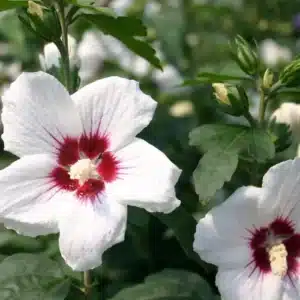
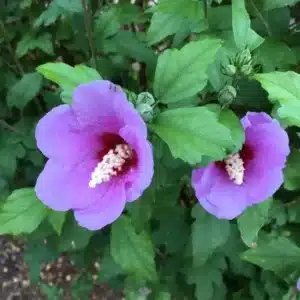
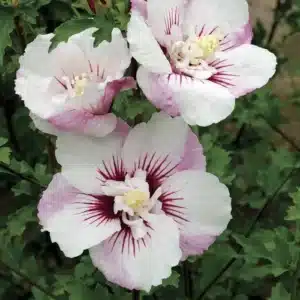
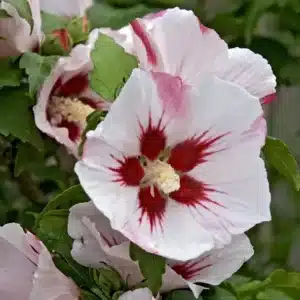
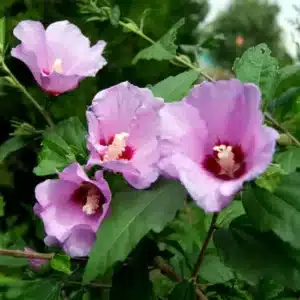
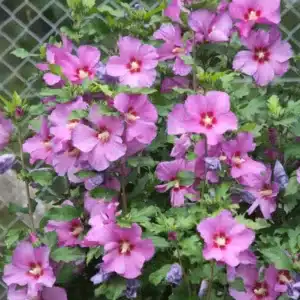
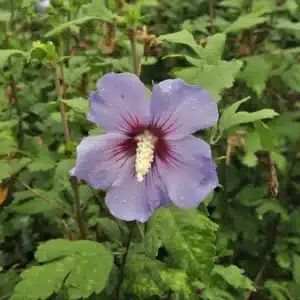
The Rose-of-Sharon can be expected to grow in Hardiness Zones 5-9. The plant should be located in the full or nearly full morning and midday sunlight exposure with some protection from the late afternoon sunlight and summer heat in order to produce the best blooms. Single-flowered varieties are more robust than varieties with double-flowered types. The roots develop just below the soil surface. The plants should be planted at grade level. The area above the root zone should be kept evenly moist with a 1 or 2-inch layer of mulch around the plant. The plants can positioned 2′ to 3′ feet apart to form a hedge.
The shrub is tolerant of many soil textures and moisture conditions, however, Rose of Sharon will do best with an even degree of moisture. The tree form of Rose of Sharon will require staking. The plant does best with consistent moisture.
A soil sample test is recommended prior to any new planting. In general, The Rose-of-Sharon will benefit from the seasonal application of a balanced fertilizer applied to the root zone. If the soli is known to have excess phosphate then a phosphate-free fertilizer is best. Liquid fertilizers applied to the leaves should be sprayed early in the morning prior to the full mid-day sun to avoid possible damage to the leaves.
Little pruning is required during the growing season. Pruning is performed in the late winter or very early spring to avoid the loss of flower buds. Pruning back to 2 or 3 buds will result in larger flowers. The Rose-of-Sharon can be developed into a tree form or tree form plants may be purchased.
Hibiscus scentless plant bugs are associated with Rose-of-Sharon and hibiscus in general. The bugs suck the plant nutrients. Aphids which are also sucking insects may attach Rose-of-Sharon. Aphids have a characteristic sticky honeydew. Root-knot nematodes can infect the Rose-of-Sharon. The root-knot nematode-affected plant will appear with wilting or drying up. The root lesions affect the plants’ ability to absorb water and nutrients causing the aerial parts of the plant to die over time. Japanese beetles (where present) are attracted to the blooms resulting in the destruction of the flowers.













